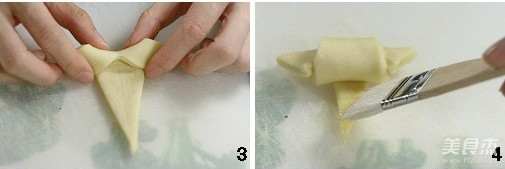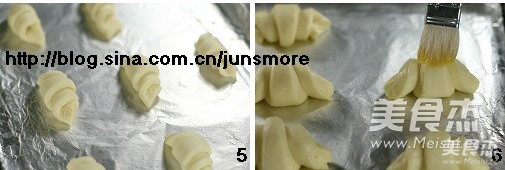Mini Croissant
by Junzhi
Favorite
Difficulty
Easy
Time
15m
Serving
5
I remember I once said that an elegant gesture should be used to make bread. Do you want your hands full of flour. Are you busy in the kitchen in a hurry, or do you do everything you need to do every step of the process, and use your mouth with a casual smile to welcome the fragrance of the house when baking?
I like Danish bread a long time ago. When I was in college, I often used two or three bites of small croissants to solve my own breakfast. It was not until I could make croissants that I discovered that the rich flavor of my own butter was more amorous.
Croissant, the transliteration of Croissant, the name alone is full of "elegant" charm. Of course, you can also call it a croissant or a croissant. Just as different names will bring different feelings, different mentalities will also bring different production experiences.
I like Danish bread a long time ago. When I was in college, I often used two or three bites of small croissants to solve my own breakfast. It was not until I could make croissants that I discovered that the rich flavor of my own butter was more amorous.
Croissant, the transliteration of Croissant, the name alone is full of "elegant" charm. Of course, you can also call it a croissant or a croissant. Just as different names will bring different feelings, different mentalities will also bring different production experiences.












